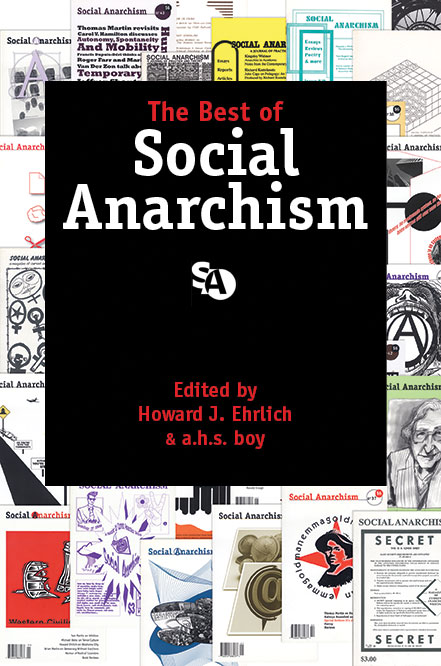
Order Direct from the Editors
- Editor
- Howard Ehrlich
a.h.s. boy - Publisher
- See Sharp Press
- URL
- http://www.seesharppress.com/
- info-AT-seesharppress.com
- Price
- $24.95
The Best of Social Anarchism
Editor: Howard Ehrlich a.h.s. boy
The entire table of contents of The Best of Social Anarchism is reproduced below, with their introductory abstracts. Select essays are reprinted in their entirety, and readers are encouraged to leave comments on any of the articles below, to foster discussion.